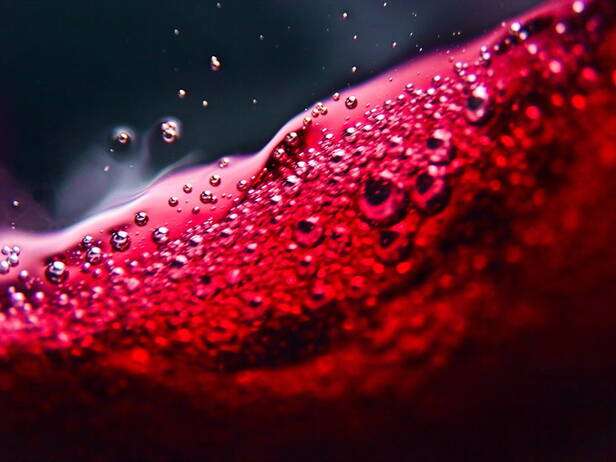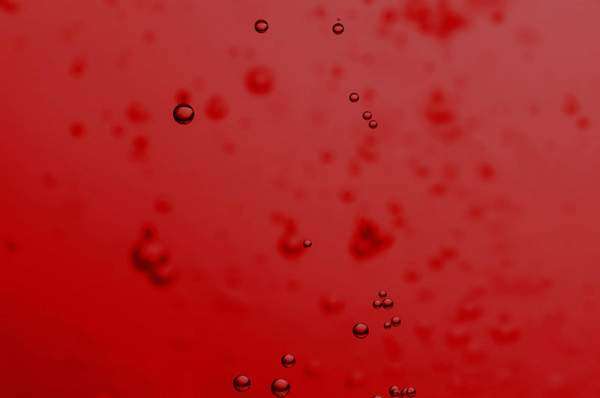
Controlled oxygenation allows the profile of the wine to evolve. It has multiple effects and affects the color, aroma and structure in the mouth of the wines.
- Increase in color intensity
The addition of oxygen at the end of alcoholic fermentation increases the color intensity. It is observed that after the contribution, the coloring intensity evolves like non-microoxygenated wines, but with a higher coloring intensity.
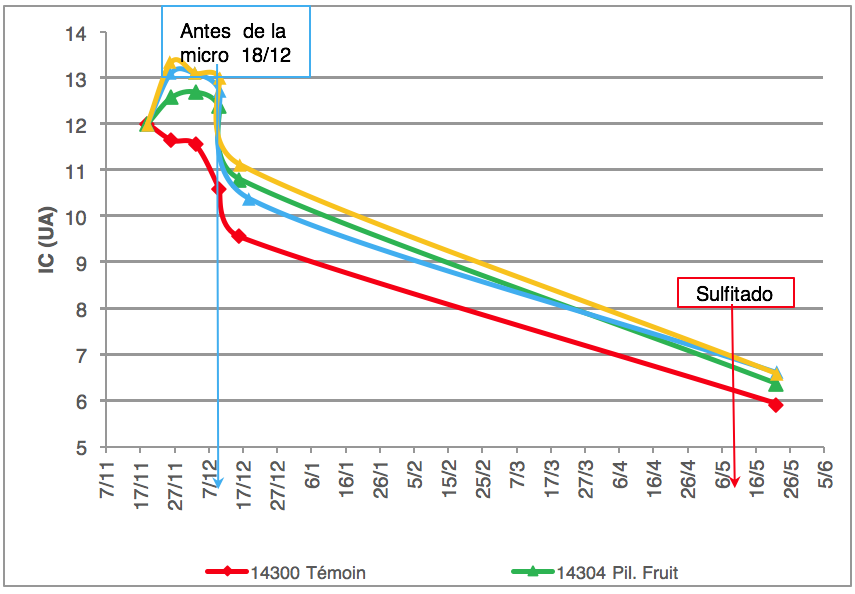 Figure 1: Evolution of the color intensity based on time and the quantity of oxygen added. (Source: 2015 testing campaign).
Figure 1: Evolution of the color intensity based on time and the quantity of oxygen added. (Source: 2015 testing campaign).
- Decreased perception of the vegetal character.
The decrease in the perception of the vegetal character is one of the most sought-after effects in the use of microoxygenation. It is found in most of the tests and projects that we have carried out over the last 20 years (Figure 2).
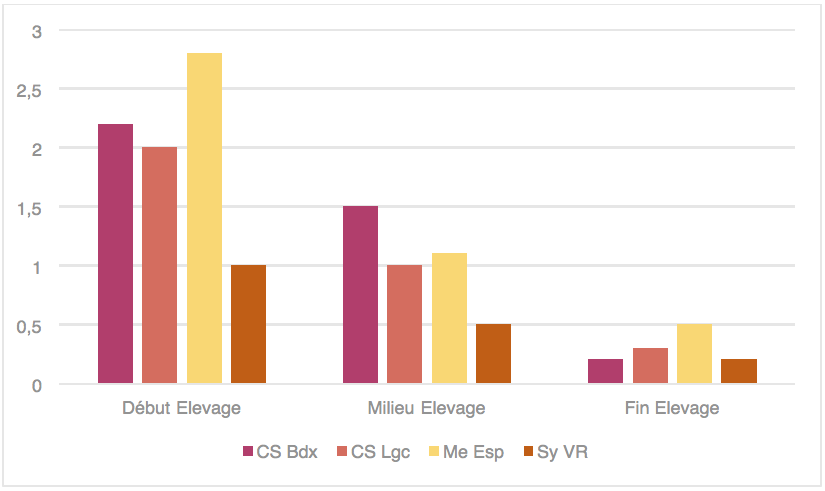 Figure 2: Evolution of the perception of the plant based on maturation using micro-oxygenation. (Source: Jury, Vivelys expert, 2009 testing campaign).
Figure 2: Evolution of the perception of the plant based on maturation using micro-oxygenation. (Source: Jury, Vivelys expert, 2009 testing campaign).
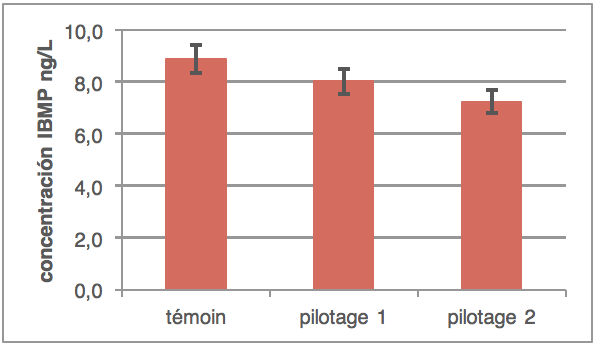 Figure 3: Comparison of the IBMP concentration with a CS Languedoc. 2 oxygen additions tested (Source: Vivelys-2010 testing campaign).
Figure 3: Comparison of the IBMP concentration with a CS Languedoc. 2 oxygen additions tested (Source: Vivelys-2010 testing campaign).
The graphic appears to show an impact but it is within the interval of uncertainty in the measurement of the parameter and, therefore, we can’t conclude a clear effect.
- More rounded tannins and increased fat in the mouth
The impact of the micro-oxygenation on the tannins is one of the most sought-after benefits for red wines. The controlled oxygenation allows for a decrease in the reactivity of the tannins (which gives them a rustic sensation) and gradually turns them into more polymerized tannins.
This sensory phenomenon explains a transformation from reactive tannins to rounded tannins with an increase in the perception of fat resulting in a more rounded character.
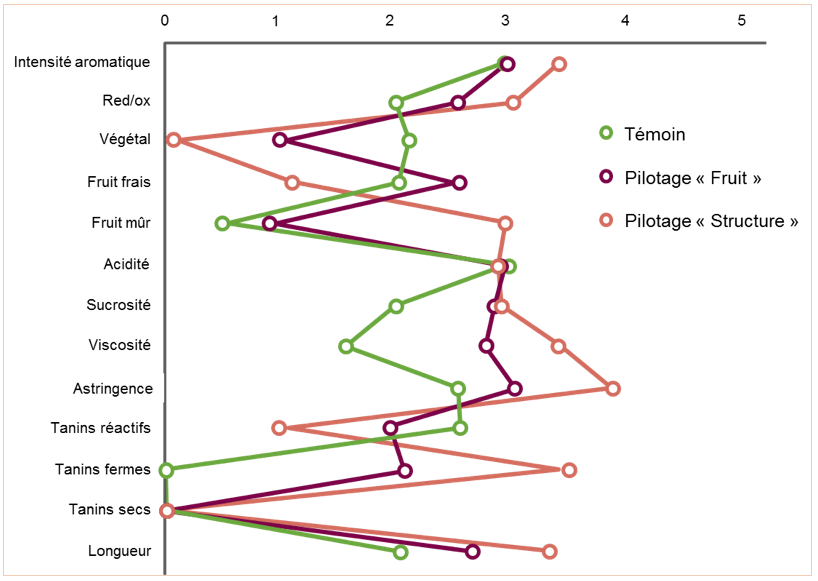 Figure 4: comparison of wine profiles of a CS Bordeaux- 2 oxygen additions tested. (Source: Vivelys-2010 testing campaign).
Figure 4: comparison of wine profiles of a CS Bordeaux- 2 oxygen additions tested. (Source: Vivelys-2010 testing campaign).
- Synergic effect with aging on lees in white wines
The oxygen addition has a synergic effect on the aging on lees in white wines. It contributes to an increase in the perception of fat, notably due to contributions comparable to barrels (in doses of 1 mL/L/month).
It can also participate in the increase of astringency, which can be interesting in wines that are not balanced and with an overly soft profile, although it must be taken into account that in wines with acid balance ;there may be more aggressiveness.
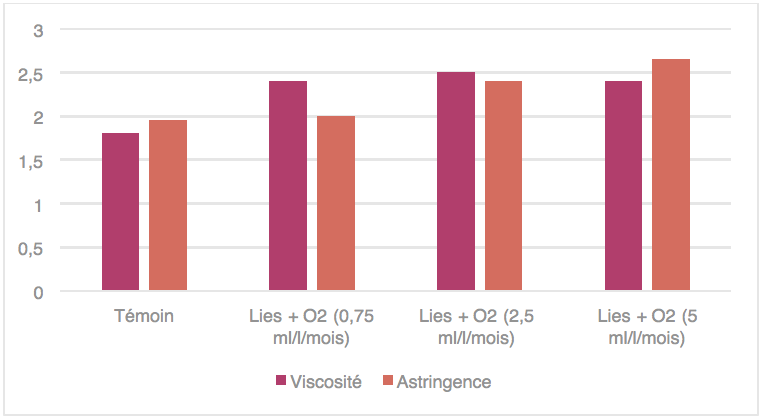 Figure 5: Comparison of the wine profiles of a Chardonnay with aging on lees. 3 oxygen additions tested (Source: Vivelys-2015 testing campaign).
Figure 5: Comparison of the wine profiles of a Chardonnay with aging on lees. 3 oxygen additions tested (Source: Vivelys-2015 testing campaign).
- Integration of the wood notes
Today, in many markets we can observe the trend towards wines with base wood notes. It is another of the advantages of oxygen which, for wines that have been in contact with the wood, allows better integrationof the oak.
We note that this integration varies depending on the level of toasting (Figure 7). The impact of oxygen is much more significant on non-toasted and very toasted woods compared to woods with an average level of toasting.
We even observe an increase in the intensity of the perception of the wood with Boisé DC190.
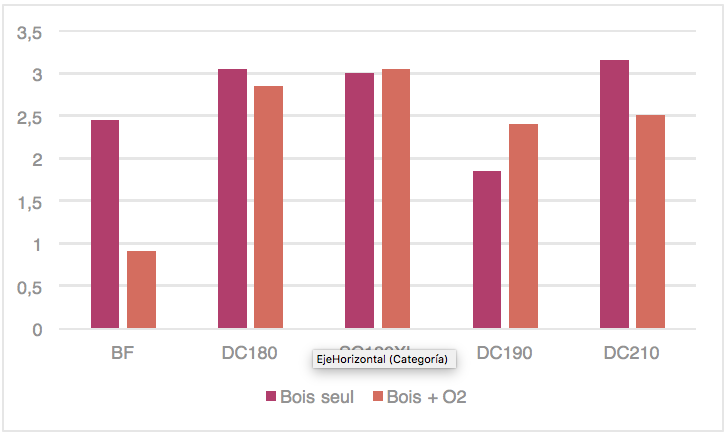 Figure 6. Comparison of the impact of the oxygen on the intensity of the wood notes- 5 type of toasted woods. (Source: Vivelys-2015 testing campaign).
Figure 6. Comparison of the impact of the oxygen on the intensity of the wood notes- 5 type of toasted woods. (Source: Vivelys-2015 testing campaign).
To summarize, micro oxygenation qualities are recognized as :
- Increase in color intensity
- Decrease in plant perception
- More rounded tannins and increased fat in the mouth
- Synergic effect with the aging on lees in white wines
- Integration of the wood notes
However, it must be considered that these effects can only be successful if the technique is controlled. To put this into practice in an optimal and safe manner, the main rules and the key points in micro oxygenation will be discussed in another article.
Laurent Fargeton
® Vivelys (http://www.vivelys.com)
Related news
Micro oxygenation: respiration of the wine
In a previous post, we discussed the benefits of the micro oxygenation technique. In this post we’ll discuss the essential principles and its limiting factors.
